15 Tips for Buying Your First Dehydrator
Today I have 15 tips for buying your first dehydrator. Have you thought about buying one, or do you already have one? Let me know what brand you have and what you like about it.
It’s worth the investment because it allows you to preserve foods that you’ve purchased and not only want to eat now but store for future use. This will ultimately prevent waste and save you money in the long run. However, before buying a dehydrator, it’s essential to know a few helpful tips to ensure that you’re buying the perfect one for your home.
I’ve decided to update this post because more than ever before the price of food continues to rise. Please learn to dehydrate or freeze-dry your food. My budget doesn’t warrant a freeze-dryer at my age, and my dehydrator works well for me. I have been stocking commercially processed freeze-dried food for years and it is the best food storage you can stock. But money is money and a freeze-dryer is not in the cards for me.
Please start a garden or buy from a Farmer’s Market or buy frozen vegetables on sale and dehydrate them for soups. You will love the jars lined up on the shelves in your pantry! Several Ways To Dehydrate Food
15 Tips for Buying Your First Dehydrator
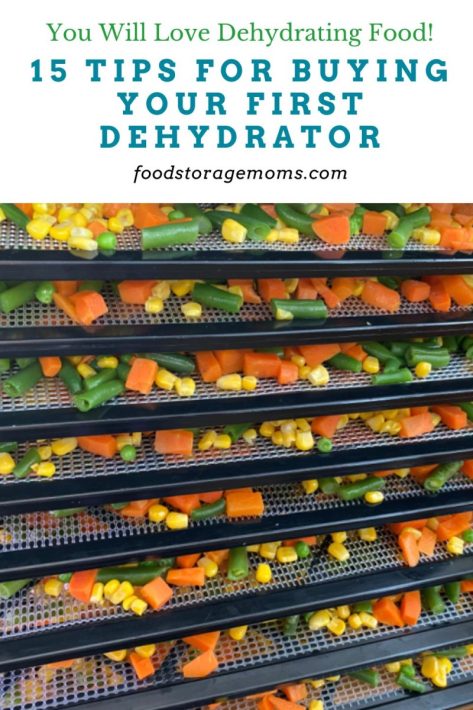
1. Research Some of the Different Brands
When you’re looking for the perfect dehydrator, expect to see lots of options from different brands. It’s a good idea to start researching these brands and their reputation based on customer reviews.
If a company has sold dehydrators for years and has great reviews, their products are likely worth buying, but you should dive into doing more research to see for yourself.
Nesco Gardenmaster, Excalibur, and Cosori are just three of the many brands you may come across in your search. This is similar to the one I have (mine is 9 years old), Excalibur 9-Tray With A timer
2. Figure Out How Much You’re Willing to Spend
Set a budget for yourself after getting a rough idea of how much the average food dehydrator costs. Some are more expensive than others, but they usually come with convenient and valuable features for the consumer.
How much can you afford to spend on a food dehydrator? Next, try to think of all the money you can save once you buy the appliance and begin dehydrating food to preserve it for future use.
3. Make a List of the Most Important Features You Want
Please start thinking about the features that you’d like your food dehydrator to have when you buy it. Not all dehydrators are created equally, and some will have better features than others.
Look for things like a convenient airflow system, an ideal thermostat, and neat trays that you can use to dehydrate multiple foods simultaneously. Have your list ready when shopping to search for that perfect dehydrator. For me, the unit’s capacity and watts used were important considerations.
4. Find Out If It’s a Noisy Dehydrator
Try to get an idea of how loud the food dehydrator is when you’re using it. Some can make a lot of noise. If noise isn’t an issue for you, it’s not something you need to worry about when you’re looking for the best dehydrator.
However, if you don’t want to hear loud fan noises coming from the kitchen each time you dehydrate something, check the specifications and reviews for details on the noise level.
5. Does It Come with Stacking Trays?
Stackable trays inside the dehydrator make it possible for you to dehydrate more food at a faster pace. If you’re planning to dehydrate lots of things, such as fresh fruit, vegetables, and meats, you may want to find a dehydrator that comes equipped with these spacious stackable trays. Please plan the products you want to process, and don’t dehydrate different things like fruit and meat at the same time since different foods may need different temperatures and time settings.
My Excalibur comes with trays that slide into the slots/grooves on the sides inside the dehydrator. The Nesco is more of a stacking unit, and some models have additional trays you can add.
Some of the nicer units come with a stainless steel core and stainless steel trays. The number of trays and type of dehydrator trays can affect how the unit works and how well the dehydrated foods come off the trays.
6. Does It Have a Thermometer/Temperature/Timer?
Always invest in a food dehydrator that comes with a thermometer/temperature gauge. You’re going to need the thermometer to keep track of the temperature inside the dehydrator because some foods dehydrate better at specific temperatures. If it doesn’t have a thermometer, it’s a real inconvenience.
Of course, the temperature settings will affect how long things like dehydrated fruit take to become dry foods to eat as snacks or to base a meal. Where you live and the altitude will also affect how fast the moisture is removed, thus the time spent to dehydrate.
7. Find Out If the Thermostat is Adjustable
Can you adjust the thermostat in the food dehydrator to your liking? It’s a question that you should ask before you spend money on this handy kitchen appliance. You may need to adjust the position of the thermostat at times while dehydrating certain foods.
8. Is It Compact and Lightweight?
You may not want another bulky appliance in your kitchen, especially if you already have many of them, including a microwave, toaster oven, and air fryer. So, look for a dehydrator that is compact, lightweight, and easy to store when it’s not in use. Some of the compact options are still spacious enough for you to dehydrate multiple trays at once.
9. How Much Can You Dehydrate at Once?
Find out how much food you can dehydrate at once when using different types of food dehydrators. Extensive options tend to have more space, but smaller options still offer enough interior space with stackable trays for you to place foods, such as fruit slices, sliced meat for beef jerky, and vegetable pieces. It’s nice to have some versatility so your unit doesn’t limit your efforts.
10. Make Sure It Contains the Nutritional Content
If you’re dehydrating food to preserve it and eat it at a later time, you want to make sure the foods are going to maintain their nutritional content during the dehydration process. You can find out this vital information by reviewing details about the product.
When the dehydrator doesn’t take away from the nutritional content, it’s common for the company to use that as a selling point, so it should be easy for you to find out if it’s true or not. You want to be sure the unit does a thorough job so you don’t get mold on the food and put the food at risk for bacteria growth. Since you don’t put preservatives on the food to be dried, properly monitoring the texture of the food and then storing it in air-tight containers makes a real difference.
I quote from The Excalibur Dehydrator website: “Cooking foods at a temperature no higher than 105-165 degrees in a dehydrator preserves nutrients and enzymes.”
11. Are the Shelves/Trays Easy to Clean?
Each time I dehydrate a food product, I place my trays with the netting in my kitchen sink filled with warm soapy water and use a scrubber to lightly scrub the netting. I rinse them and stand them on their ends to drain on a drying mat. Drying Mat and Kitchen Scrubber
Ease of use and clean-up are two important considerations as you do your research and before purchases are made.
12. Decide Where You’ll Put It Once You Buy It
Think about where you’re going to put the dehydrator once you buy it at the store or get it delivered to your front door. First, you need to make sure you have the right amount of space for the food dehydrator you’re buying. If not, you might not know where to put it or when you’ll get to use it due to a lack of space.
13. Is It Energy-Efficient?
Finding an energy-efficient dehydrator is essential. You want to dehydrate food to save it, but you don’t want to waste a lot of energy in the process. The good news is that several brands offer energy-efficient options based on the type and size of the heating elements and fans used.
14. Can It Dehydrate Foods at a Fast Pace?
Try to get an idea of how long it takes for some of these different dehydrators to dehydrate the foods that you’re planning to process. Some take longer than others. If you’d like to get the dehydration process done as quickly as possible, you’ll want to look for a highly efficient option.
15. Look at the Reviews
As mentioned above, always check the reviews of the different dehydrators while you’re looking at them online. You can read what people are saying about these appliances, along with what they like and don’t like about them.
Final Word
If you’re thinking of buying your first dehydrator, consider these 15 tips beforehand. Try to get a feel for what you want and like before you start shopping. May God Bless this world, Linda
You Can Read My Other Dehydrating Posts
- Dehydrating Apples
- Dehydrating Bananas
- Dehydrating Blackberries and Powder
- Dehydrating Blueberries and Powder
- Dehydrating Cilantro
- Dehydrating Cucumbers and Powder
- Dehydrating Ginger and Powder
- Dehydrating Green Onions and Powder
- Dehydrating Kale and Kale Powder
- Dehydrating Kiwi
- Dehydrating Lemons and Powder
- Dehydrating Marshmallows
- Dehydrating Peppermint Marshmallows and Powder
- Dehydrating Mushrooms and Mushroom Powder
- Dehydrating Onions and Powder
- Dehydrating Pears
- Dehydrating Pineapple
- Dehydrating Raspberries and Powder
- Dehydrating Spinach and Powder
- Dehydrating Strawberries
- Dehydrating Tomatoes and Powder
- Dehydrating Watermelon

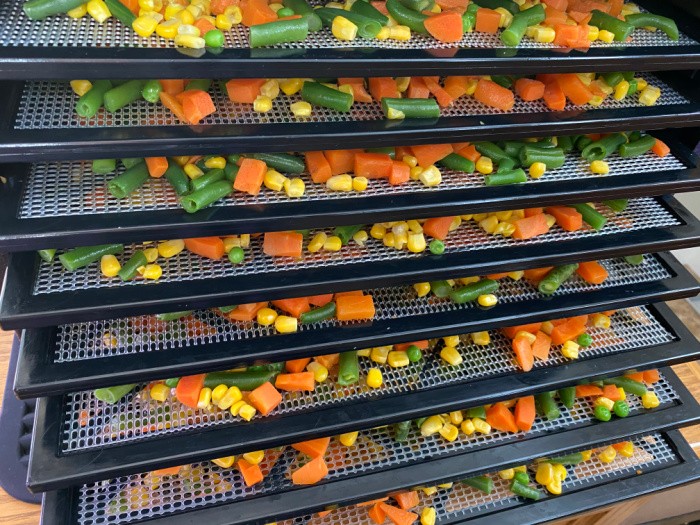

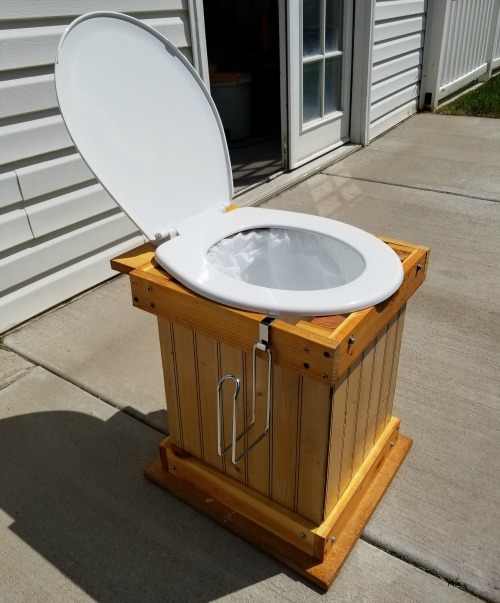
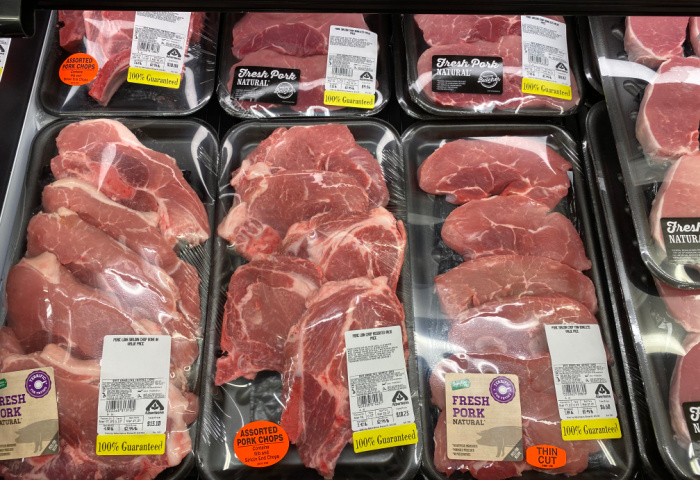
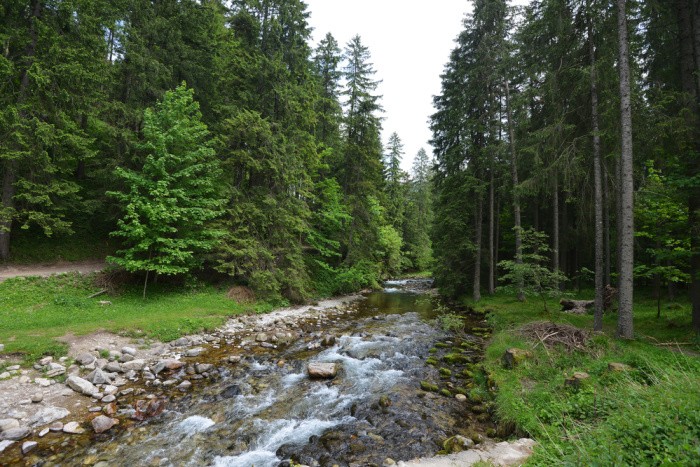
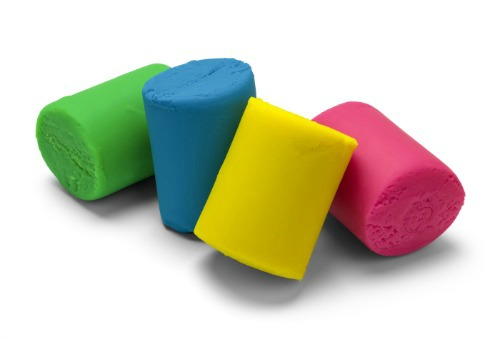
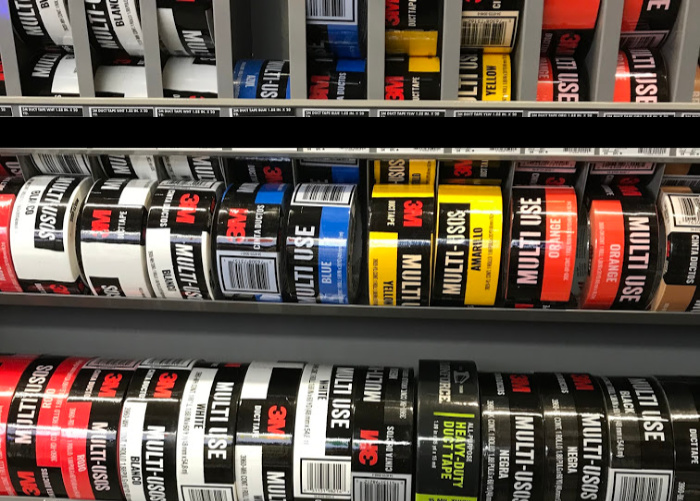

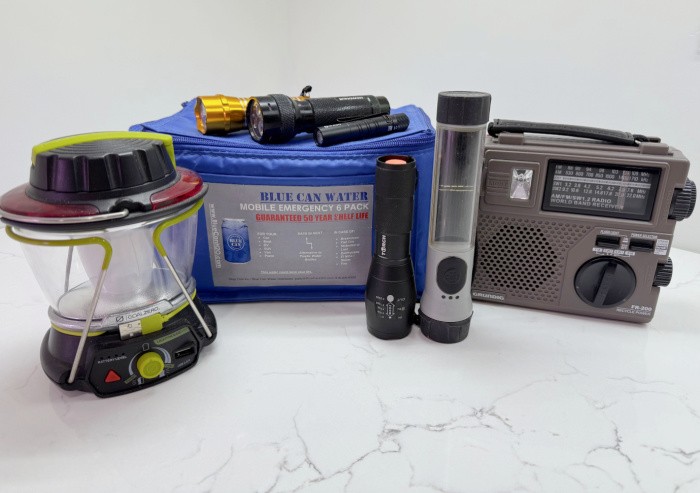
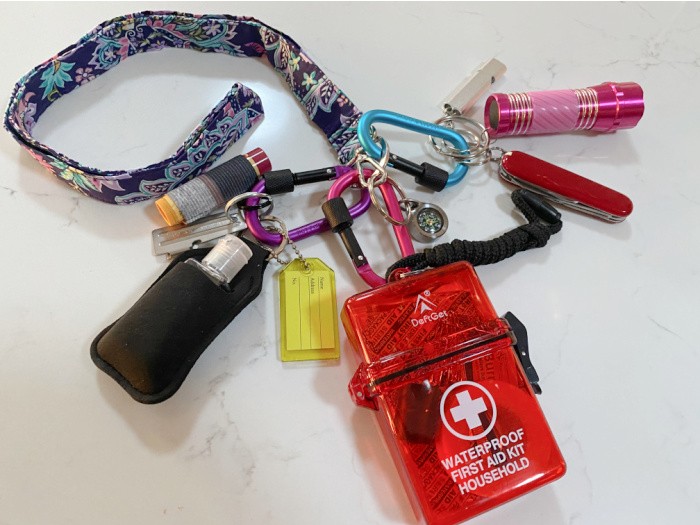











HOLY SMOKE!!! Am I ever happy to see this in my morning mail. You’re a God send and really appreciate reading this. I’m still at a loss about looking for a dehydrator, these all are grand tips and quite taken aback as to all the research I need to do. I’m one person and not sure: what to dehydrate, storage when done, I am the true novice on this subject. I downloaded your post on fruit powders the other day, and this is something I’d like to do also; I’ll have to read it again.
I cleaned out the closet I plan to use for my pantry and instead of building shelves, decided to buy a shelf unit; I have all the measurements of the interior, and want to take out the existing shelf and rod. It just seems like a lot to do, but hey, no pain no gain. This project isn’t something I can start right now, but planning ahead is what I’ve got to do. My apartment is small, but big enough for me and hopefully what I plan on doing for all this. I really want to be more self-sufficient. You are my main source for learning food preparation and storing.
Have a wonderful day and I thank God I found you.
Hi Pamela, thank you for your kind words, my friend! I like your idea about buying a shelf for the closet. There is something awesome about having things organized! I have to admit I’m over the top organized but I’ve always been that way. Coloring coding, etc. Buy right the first time, is my motto. I will walk you through dehydrating, it’s so awesome and easy!! Keep me posted on the shelving! Linda
I know how that is. I’ve been an organizer since I was young, something my mom and dad taught. Sometimes I think I’m too organized, but it goes with the old adage ” a place for everything, and everything in it’s place”. You can find things that way. And your are most welcome. I’m happy to have your advice.
Hi Pamela, it really is true! A place for everything! LOL! Linda
I bought an Excalibur 9 tray unit, but one without a timer. Initially I was disappointed in the lack of a timer, but over the first few months I noticed I didn’t miss it at all. In fact a lot of the time my first guess as to how long something needed to dehydrate was woefully under, so the timer could have lead me to get in trouble. YMMV.
To be flexible, in addition to the bundled 9 plastic mesh trays, I got 9 silicon sheets for dealing with liquid products. That let us make a lot of apple leather the first year to give out for Christmas presents. The sheets lay on top of the plastic mesh trays and keep the apple butter or whatever semi-liquid you are dehydrating from dropping through the mesh.
Shortly afterwards I bought 5 metal mesh racks to make cleaning up from making jerky a LOT easier since they are dishwasher safe. Normally I just use 3 or 4 metal trays to do the jerky and use a plastic tray with silicon liner at the bottom slot to catch any drips.
I’m a huge fan of pineapple chips made in the dehydrator, and beet chips as well as apple chips were a big hit for the in-laws.
HI DmWalsh, oh my gosh, I’m so glad you told me you bought the metal racks! I was thinking about doing that as well. I did not know they were dishwasher safe! I have the silicone sheets, I have not used them, but I bought them when I first got the unit. Now, I have NEVER done beet chips! Oh my gosh, I will be doing a post on those, oh my gosh!! You have me so excited, thank you!! Linda P.S. Pineapple is my favorite dehydrated food as well. Love it!
Hello, dmwalsh568, I’m new at this and am grateful t=for the intel I just learned. I’ll keep it in mind when I research dehydrators for myself.
I have a little Presto round dehydrator and 8 stackable trays for it. No heat control or timer, plug it in and it goes. Picked it up at a yard sale for $10, unused. It gets plenty of use now!
Hi Tweell, that’s awesome!!!! I love hearing this! I’m so happy you found that bargain!! It makes me smile when I hear someone finds something they can use to preserve food! Linda
I have a Nesco with extra trays. The trays are round. It doesn’t have a timer, but does have a list of what temps to use for what foods. I also have another dehydrator. Not sure of the brand. It’s trays are square. I have t used it much, but will before too long. I like both, but the Nesco is my favorite. I did have a RonCo, but gave it to my daughter. She wore it out. Now she has another one we got her for Christmas.
I have dehydrated veggies, and fruit in mine, and make tons of beef jerky. I’ve dehydrated both frozen and fresh veggies, as well as fruit. I store my dehydrated items in vacuum sealed bags. Some I put in zipper bags first to keep from puncturing the vacuum bags.
Hi Deborah, I have friends with a Nesco, and they love it. I have so many trays of dehydrated food on my dining room table, conditioning. But I live in the desert where it’s dry. It’s almost addicting to me, I’m trying to dehydrate what I have in my freezer. Or at least what would work. I love dehydrating food, love love love it. It’s so fun! Linda
I just learned today that you can dehydrate pumpkin and sweet potatoes. They need to be cooked and then pureed and placed on the racks to dry. The pioneers took dried pumpkin with them not only to thicken soups and stews, but to help with stomach problems in humans and cattle. Some pumpkin was taken fresh right from the garden and the rest dehydrated. I used to dry food on whatever I could find that would handle it when we lived in NV. I’m sure they weren’t fussy and because most would be cooked, it wasn’t a problem. They also took peaches, apples and any other fruits, etc. they could take, along with spices and honey bees. Another necessity was sourdough.
Hi Cheryl, those are two things I have never dehydrated, pumpkin and sweet potatoes. My husband is not a fan of squash or sweet potatoes. He will literally eat anything so I can’t complain. I wouldn’t mind trying to dehydrate sweet potatoes, I love them baked. The pioneers had the skills to preserve their food. Sourdough was for sure a necessity. I love my sourdough starter, I wish I had learned to use it when I was raising my family. Linda
Pumpkin yes, but sweet potatoes can mold very easily. Be careful if you try and store them.
HI Cheryl, oh thanks for the heads up! Linda
I have had 2 round dehydrators – both without timers and temperature control. I don’t think I would really miss having a timer, but in my experience, temperature control is a must.
My first dehydrator was an interesting story: my husband was cleaning out a shed for a lady and found a dehydrator – it was in pretty sad condition as it looked like the lid had been run over! He asked her what she wanted to do with it and she told him to toss it in the garbage. Well, instead, he brought it home. Oh, my – it was so dirty along with the crushed lid. But, I took the thing apart and cleaned it up, duct taped the lid and used that dehydrator for 20+ years. Then my daughter wore it out completely. She was given one just like it but wanted a newer model so she gave it to me. She didn’t get a newer model then but took back the one she gave me – she proceeded to wear it out! 24/7 dehydrating is not recommended in my book. Now she has an Excalibur and loves it. But, sadly, I am missing having one at my house. So, I’ll save for one and likely will have it by summer’s end.
The comments on dehydrating pumpkin and sweet potatoes – there is a website for backpacking meals that says to cook without any additives (salt, sweetener, butter, etc.) and break up or powder. Then it indicates to add spices as desired when rehydrating. There was one recipe, however, that pumpkin pie spice was added before dehydrating for an on-the-go snacking.
Also, don’t be afraid to cook LOTS of beans and dehydrate them or the excess for quick rehydrating. Same goes for rice and pasta – cook without any add-ins and dehydrate for fast rehydration. Sort of like making your own minute rice!!
HI Leanne, oh, I’m glad you mentioned about cooking the beans, rice and pasta and dehydrating it! I want to try the beans first! Great reminder!! Dehydrating is addicting to me or a passion one or the other, I love it! The way your husband found that first dehydrator is the story ever and how you cleaned it!! Oh my gosh, I love it! Linda
Hi Linda,
I have a 9 shelf Excalibur with timer and temperature control and I love it. I’ve dehydrated most anything you can imagine. My husband even uses it to “fast rise” his bread!
I had a round Nesco years ago but found it to be too small – gave it to a friend and she uses it to dry flowers for her crafting projects!
Thanks for your informative articles!!
Beth
HI Beth, that’s what I have is the 9-tray Excalibur with a timer and temp control. I love hearing your husband used it to rise his bread! Genius! Drying flower oh my goodness that would smell so wonderful! Linda
I’ll put my nearly 47 year old DriMore 1000 dehydrator up against any dryer on the market today. Sadly the company no longer exist. It only has an on/off switch. No timer or temperature control. It does have eight 17 inch square trays with a 1/2 inch lip on them all the way around. The way the air circulates, you can dry onions and peaches or what ever on any tray and the peaches don’t ed up tasting like onions. Nor do we have to turn the trays because a area don’t get enough air. For fruit leather, we place 18 inch plastic wrap on the trays, try to spread what ever we want to dry evenly and when dry, just roll it up in the plastic. When doing pumpkin pie leather, my wife leaves out the milk and egg and when it is dry, tears up the leather and put it in a glass jar with a lid. She don’t make enough pies so I don’t know how many years, but it keeps good. I sold the dryers the summer of 1977 for about $125.00, which is how I got ours. Oh, a few years back, we dried some sliced onions late fall and didn’t use the dried till spring and found the onions. They were OK and we used them. The dehydrator has it’s place, but now we do more freeze drying.
HI Chester, oh my goodness, my first dehydrator was a Harvest Gold 24-inch square machine. I’m sure it only had an on and off, it’s been too many years, but it was the best! Oh the memories you have with that DriMore 1000! I love it! Now you can freeze-dry your food as well, that is awesome! Linda
I got my old Harvest Gold dehydrator around twenty years ago at a garage sale. It still works great. This past fall we had a huge apple harvest so apple chips and apple cinnamon sugar chips were the order of the day. I was able to do them while canning apple pie filling and applesauce. I’m also a fan of banana chips (I use a mandoline when making any chips so the slices are even and thin).
If my old dehydrator ever gives out I’ll get an Excaliber. I think they are the best.
Hi Ray, I bet we had the same dehydrator! That dehydrator was a machine!!!! You know eating banana chips, and apple chips (from your trees) are so good! I buy pineapple and dehydrate it too, my grandkids love it. Oh, we could go on and on! I love using my dehydrator! Linda